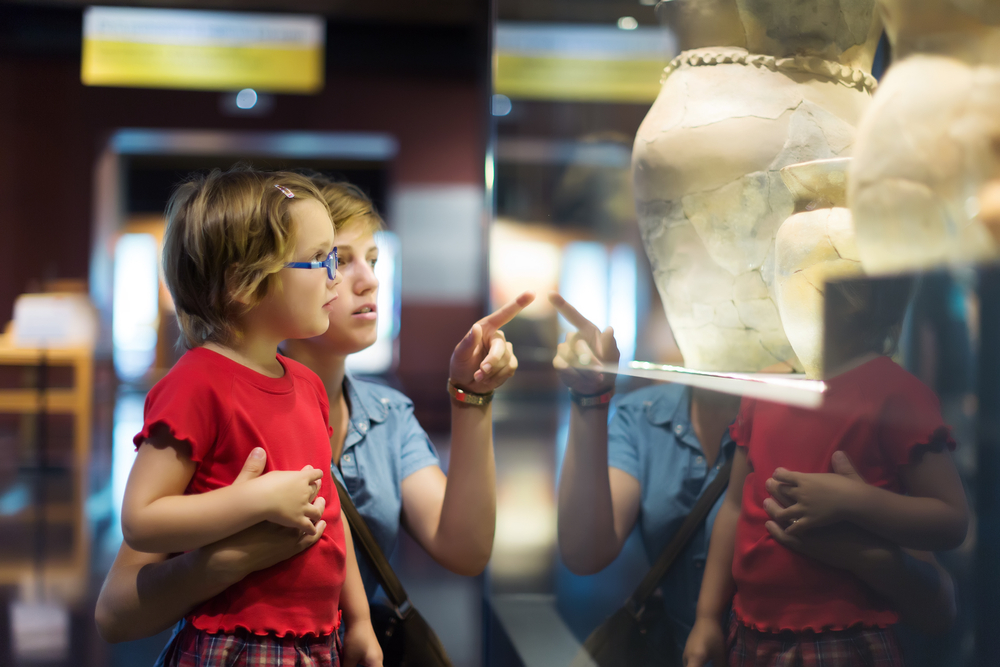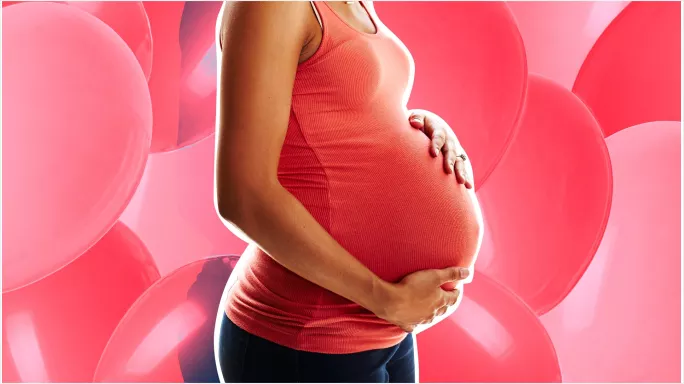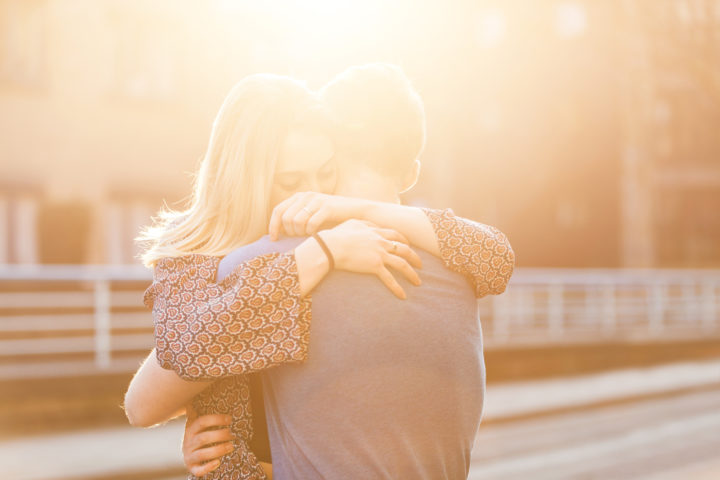The anniversary of women’s suffrage in the United States is August 26th, a milestone in the history of the country. However, the struggle for women’s rights did not simply stop there, instead continuing on via the work of many historically important individuals. A number of women’s history museums exist throughout the world, celebrating the major figures who helped and continual to help engineer gender equality. These museums continue to multiply in quantity, but they are waiting to open locations in places like Washington, D.C. and the United Kingdom.
Currently, the physical status of the National Women’s History Museum (NWHM) in Washington, D.C. is pending, but organizers have already set in place the framework for more to learn more about women. On their website, 24 “online exhibits” exist to teach visitors about some key groups and events in the history of women, such as women working in print media and new immigrants throughout the years. One traveling exhibit exists, celebrating the 150th anniversary of the Seneca Falls Convention – a rally by upper-class white women to organize a grassroots campaign to push for legal voting rights.
At the moment, there is no physical building, but some legislation has been enacted to see if opening a new museum near the National Mall is feasible. If the museum is built near or on the site of the National Mall, it would signify a non-verbal acknowledgement of how integral women are to the founding of American society and only cement their vitality as a national institution. The NWHM will apply to the Smithsonian Institution following physical establishment in order to borrow artifacts from their collections for use in the NWHM.
The NWHM has been mired in a little controversy during the planning stages, however. In 2014, president and CEO Joan Wages allegedly informed historians working with the museum that they were no longer necessary to the planning process for the museum – a little ironic, considering that they would likely know best about which exhibits to plan to best inform visitors. Sonya Michel wrote criticisms regarding the approach to the museum as being solely focused on women’s suffrage and female American exceptionalism, disappointed by the lack of attention paid to women of color and the numerous other ways women have shaped the founding of the United States. Nonetheless, the project continues to chug along in hopes of establishing one in the nation’s capital in the future.
Six other women’s museums exist throughout the country. Some of the biggest include The Women’s Museum of California, located in San Diego, which actively encourages learning about many individuals’ cultures, ideas, and beliefs and various women’s experiences. Another is the Sewall-Belmont House & Museum in Washington, D.C., which celebrates suffrage movement efforts of “women and men of all races, religions, and backgrounds.”
Hopefully, with the expansion of women’s museums, we see a growth in basic knowledge and celebration of the different ways women have pioneered and cultivated various facets of American society. We can only hope that it grows to be a staple of the childhood (and even adult) learning circuit, as much as natural history and science museums have grown to be. It’s always fascinating to learn about yourself through the lens of people you share an identity with, and the creation of more women’s museums promises to spark more life and intellectualism.
Cover image courtesy of Shutterstock.




comments